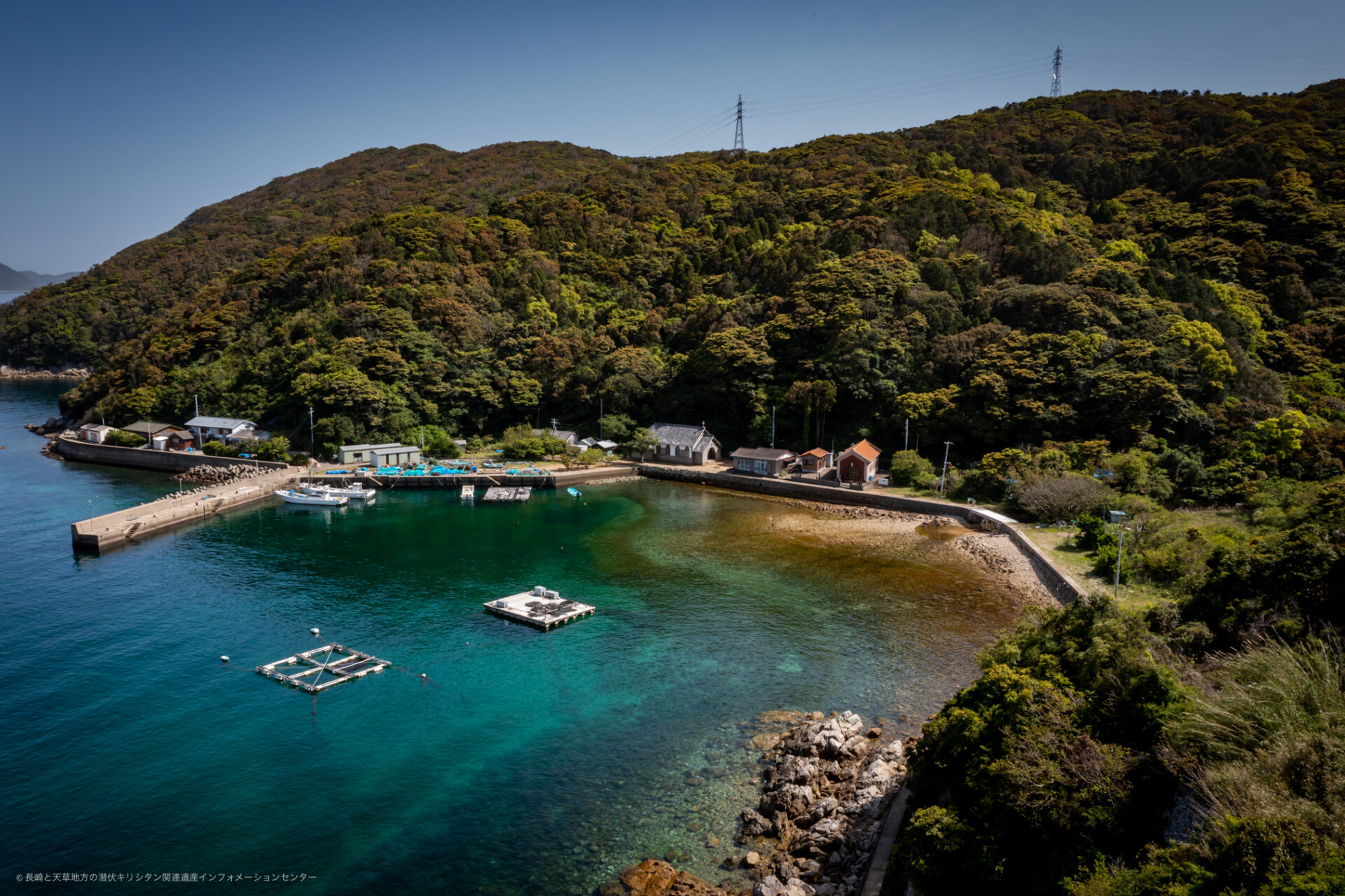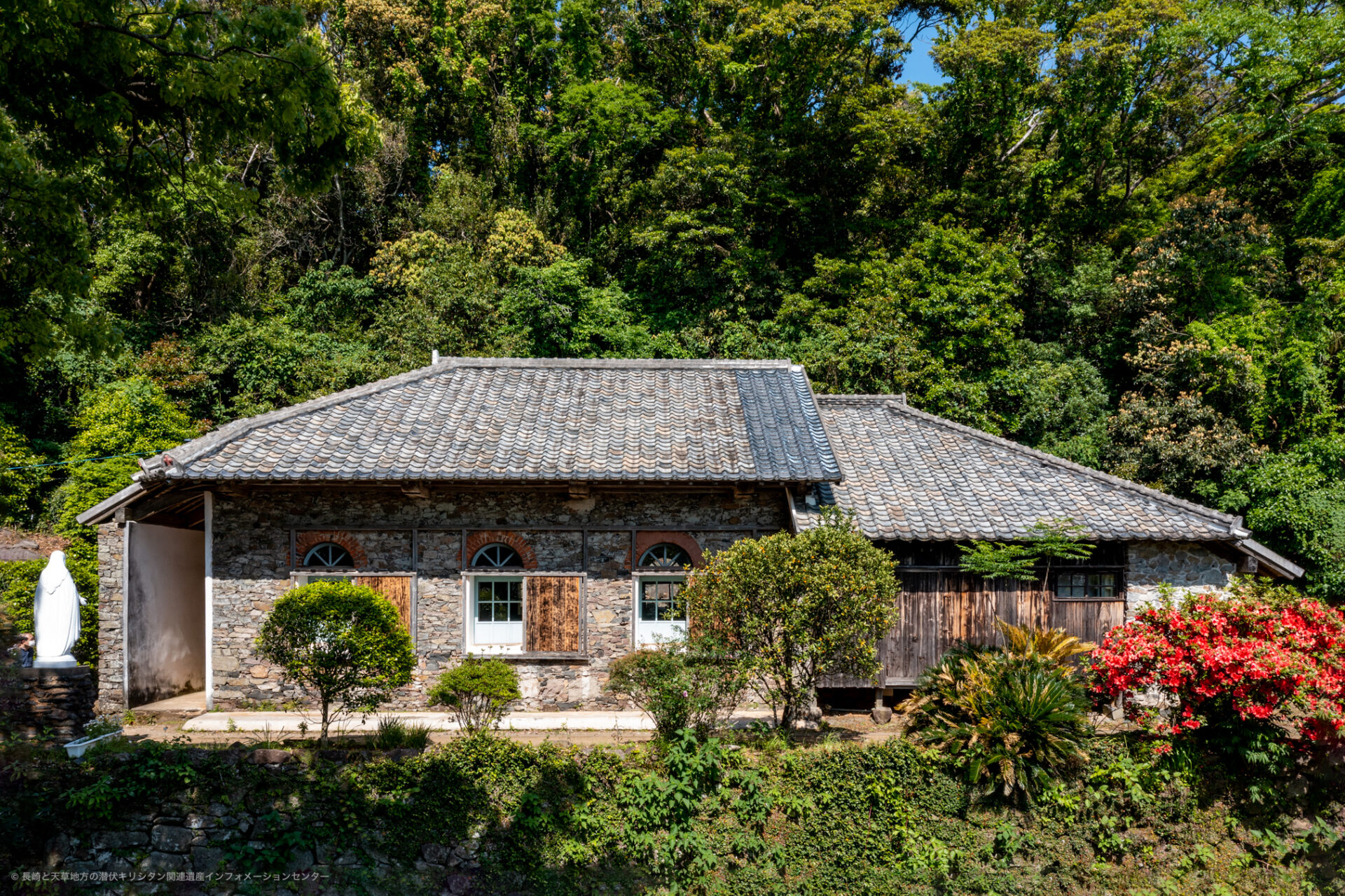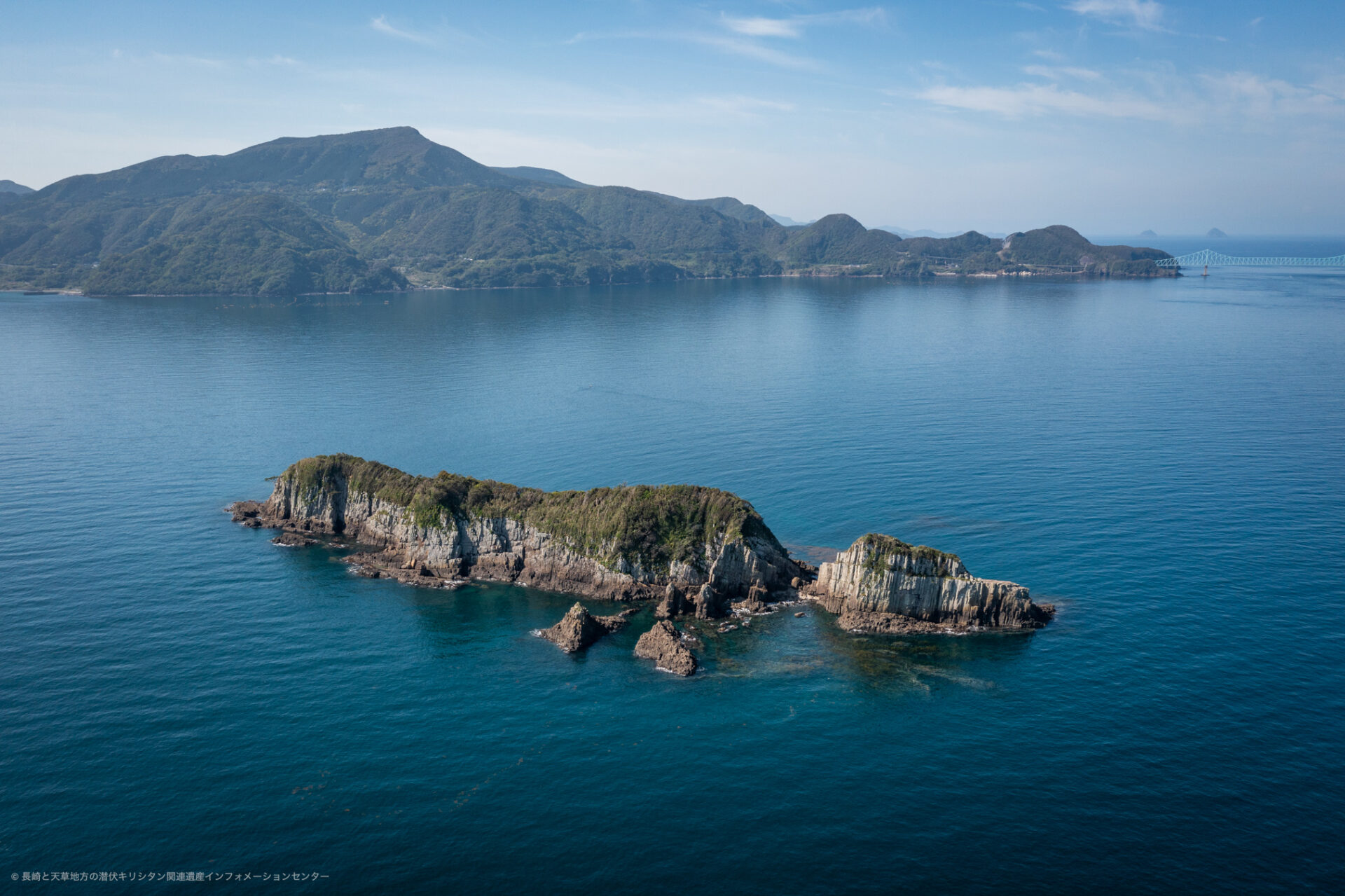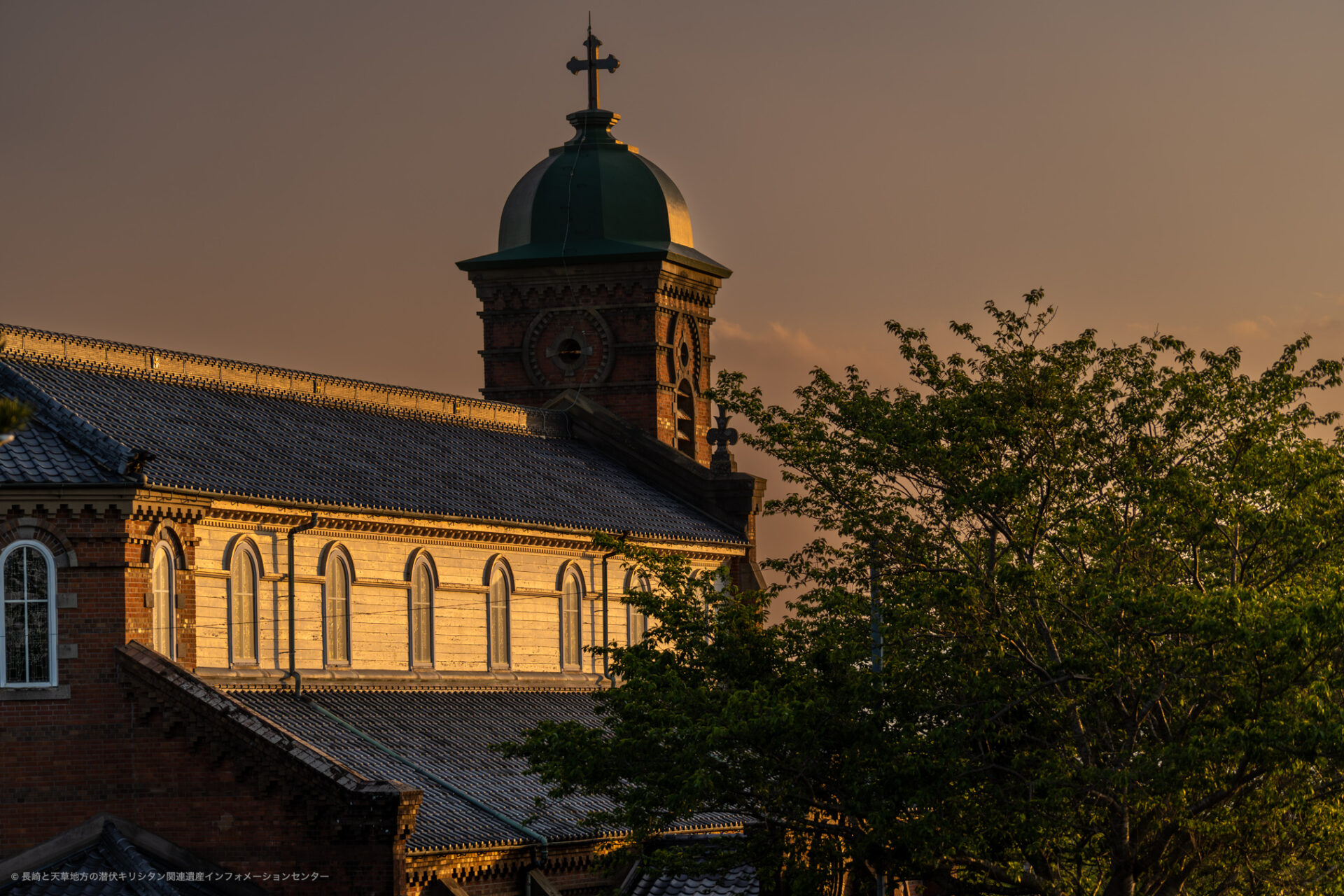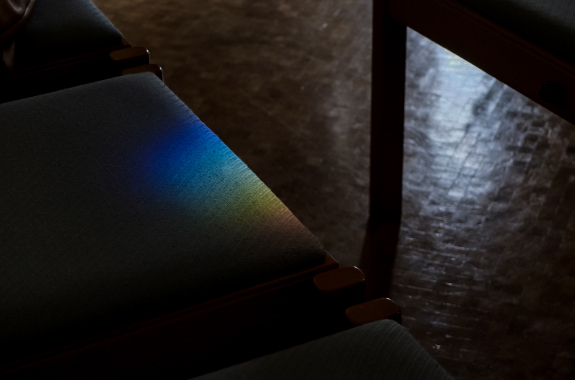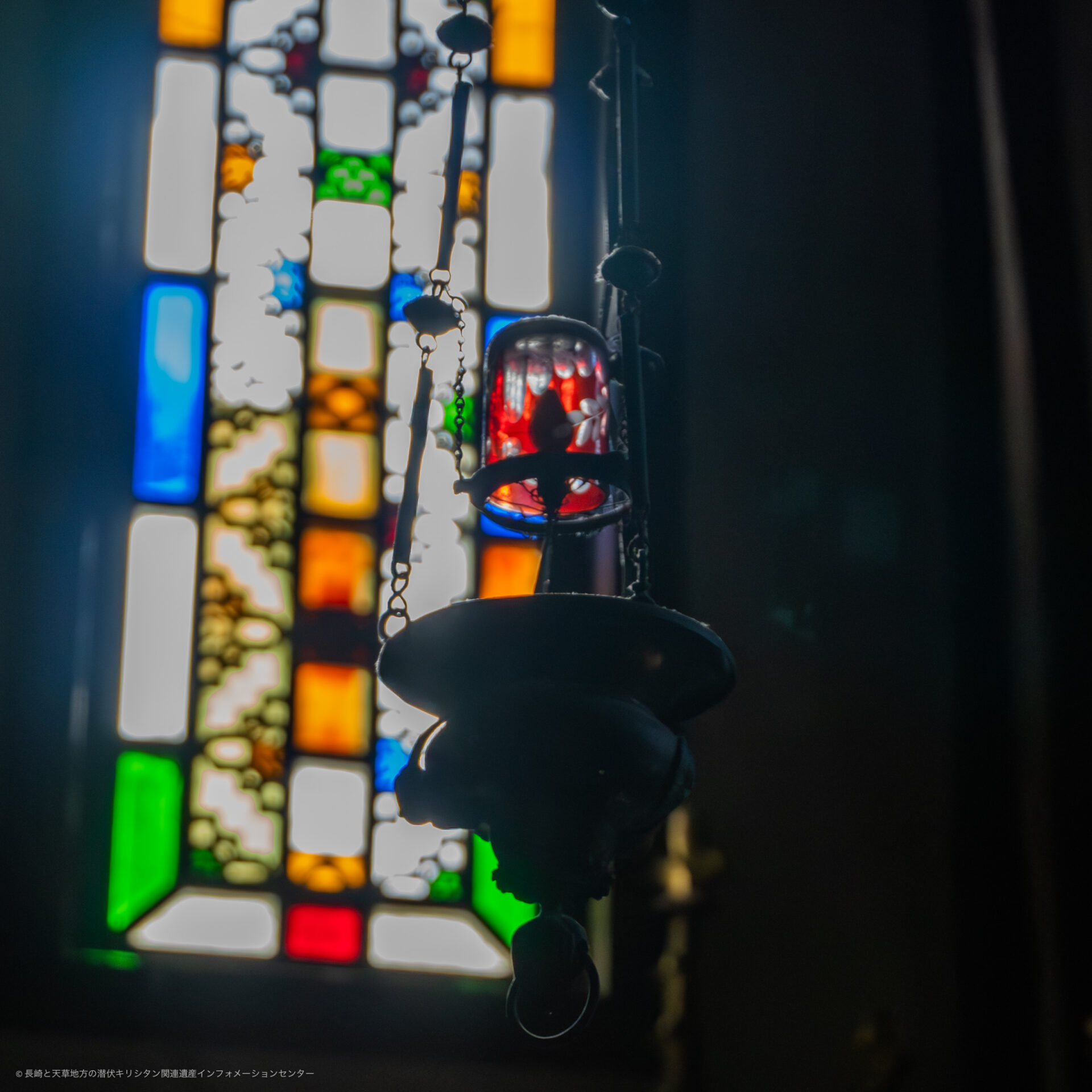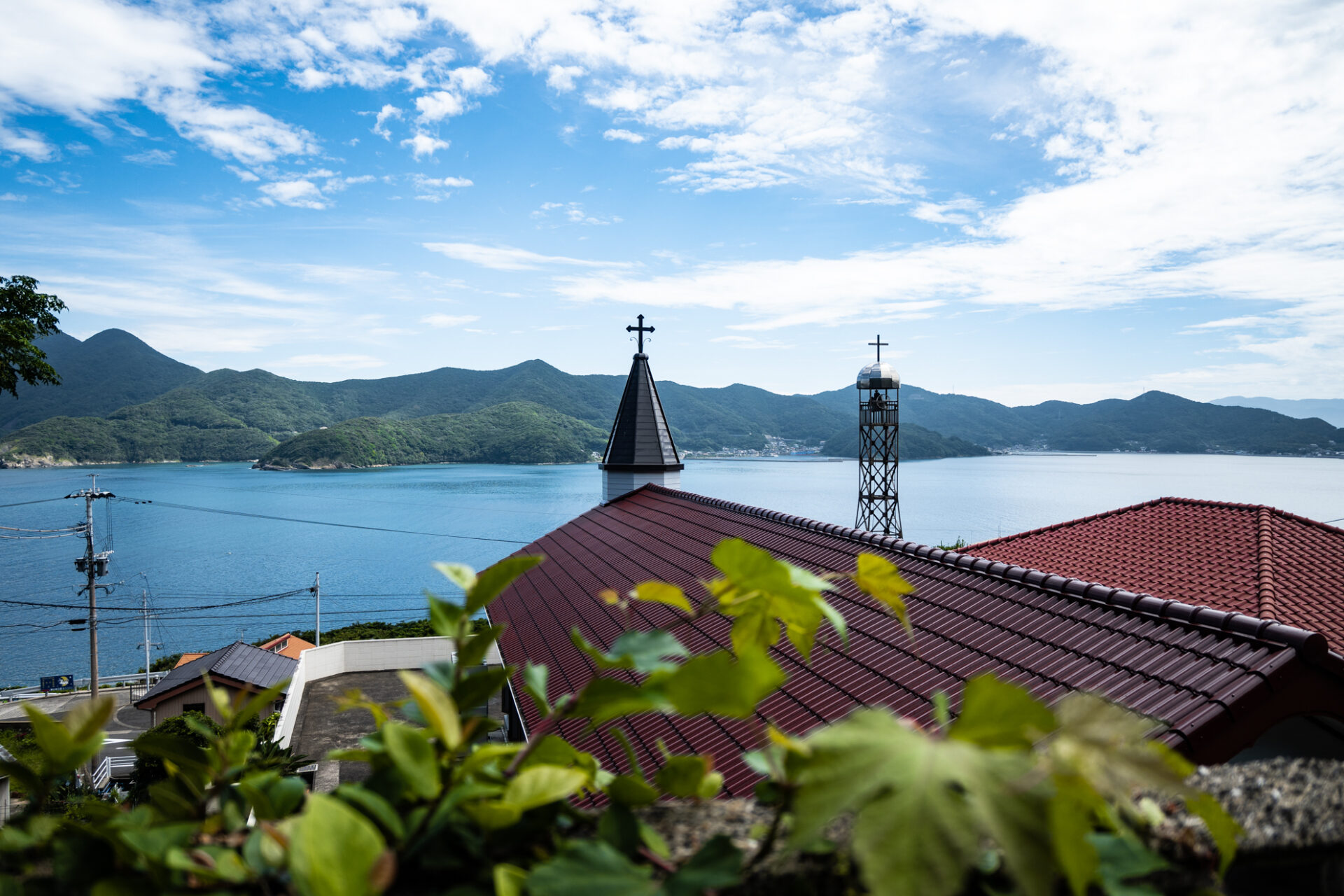Requests
Please contact us before you visit the churches
Churches with a connection to the World Cultural Heritage "Hidden Christian Sites in the Nagasaki Region" are requested to cooperate with the prior notice system.
The church is "place of a prayer". Please behave with good manners and enjoy the quiet time when visiting.
In addition, tours may not be possible due to church events, and the number of visitors accepted at one time may be limited depending on the size of the church building.
Before visiting, please cooperate with the 'Prior Notice System'.
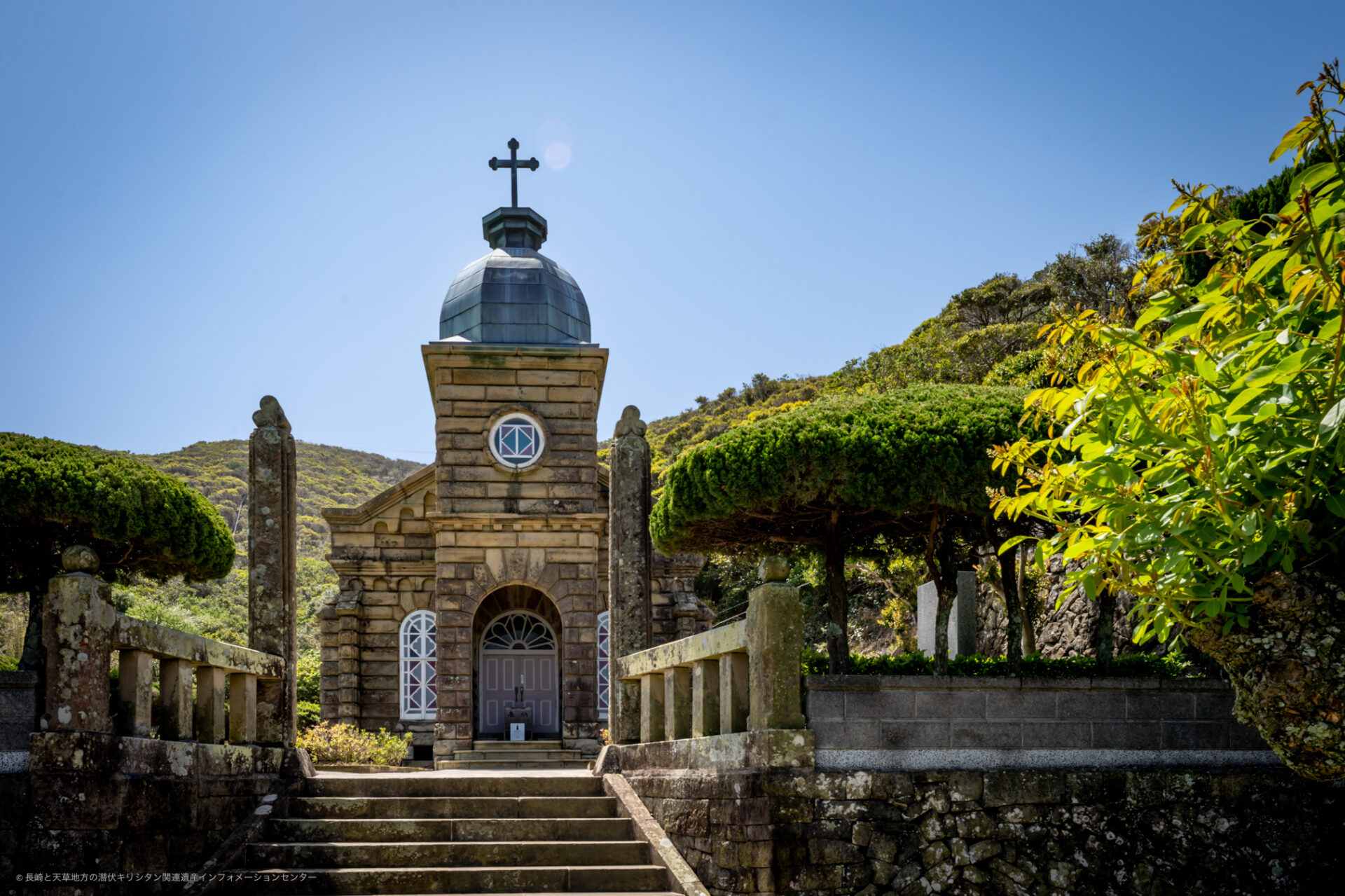
About Hidden Christian Sites in the Nagasaki Region
It was not until the late 16th and 17th centuries that Christianity was brought to Japan and flourished.
The subsequent impact of the Edo shogunate's policy Christianity ban order lasted for more than two centuries.Widespread persecution and oppression of Christians led to their gradual decline.
In the latter half of the 19th century, the Meiji government repealed the Christian ban and lifted the ban on the Christian faith.
Until the restoration of religious freedom, under the previous prolonged Christianity ban order, a unique culture and tradition would be formed in some areas, especially in Nagasaki and Amakusa.
The "Hidden Christian Sites the Nagasaki Region" was registered as a World Cultural Heritage in July 2018 as a testament to this historical trend.
Today we can see traces of them in each of our lands.
Please visit the churches scattered throughout the Nagasaki and Amakusa regions, which attract people's attention as one element of this heritage, and spend time to become familiar with and feel the life of the communities around the churches and the surrounding natural environment, while also paying attention to the history and culture of the local area.
Touching History Visiting Churches
-
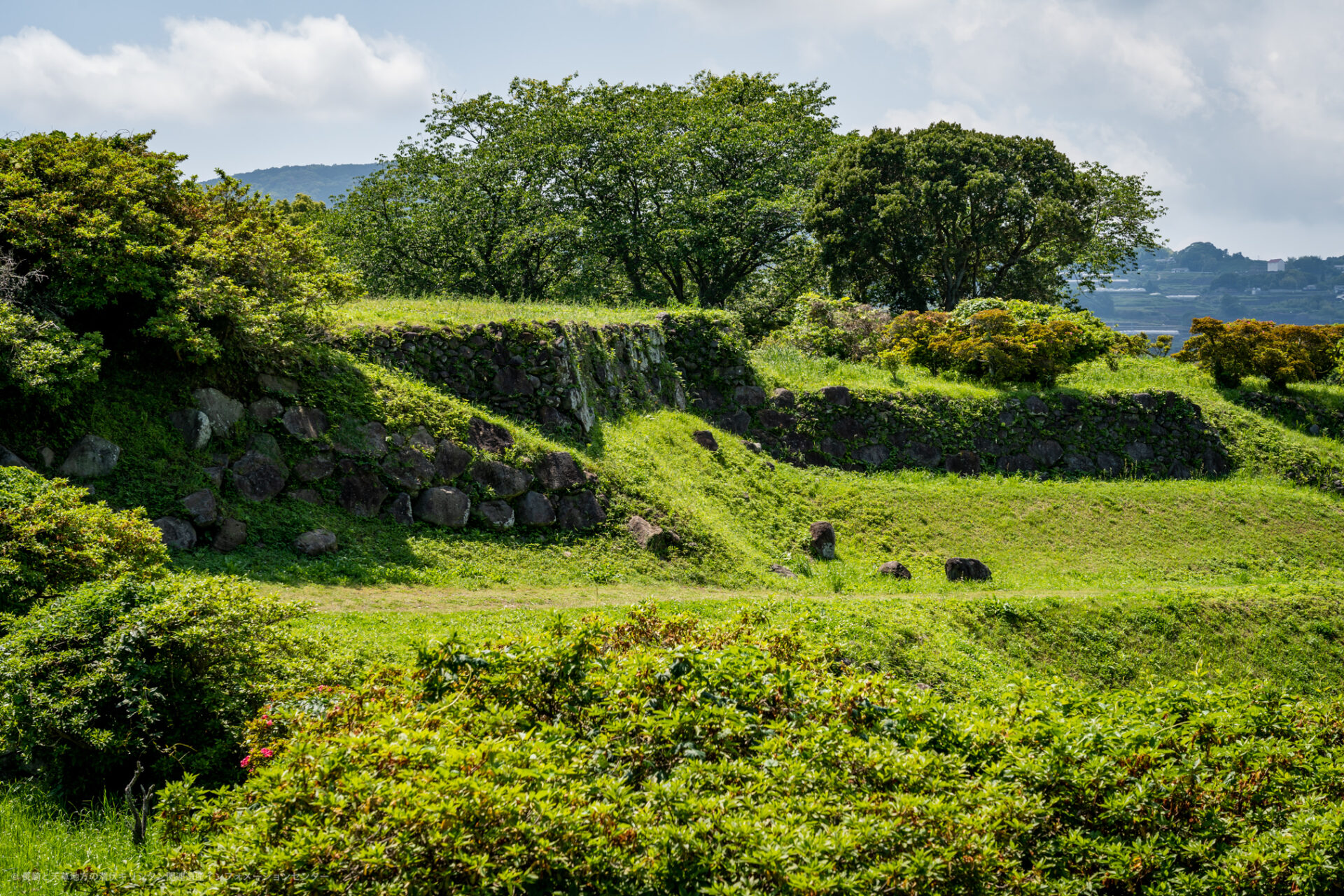 Not advance notice required Component Remains of Hara Castle Minami-Shimabara City, Nagasaki
Not advance notice required Component Remains of Hara Castle Minami-Shimabara City, Nagasaki -
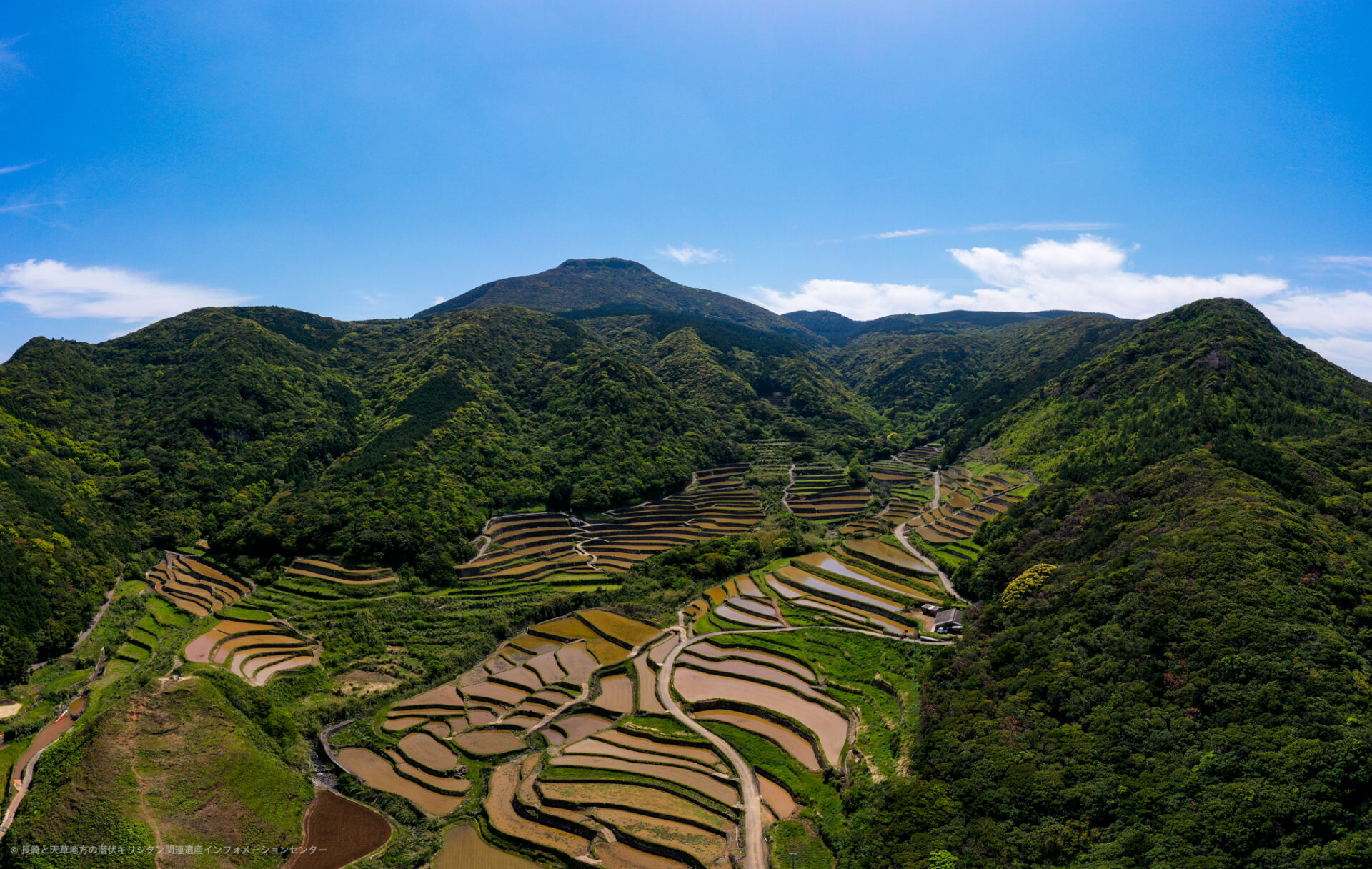 Not advance notice required Component Kasuga Village and Sacred Places in Hirado Hirado City, Nagasaki
Not advance notice required Component Kasuga Village and Sacred Places in Hirado Hirado City, Nagasaki -
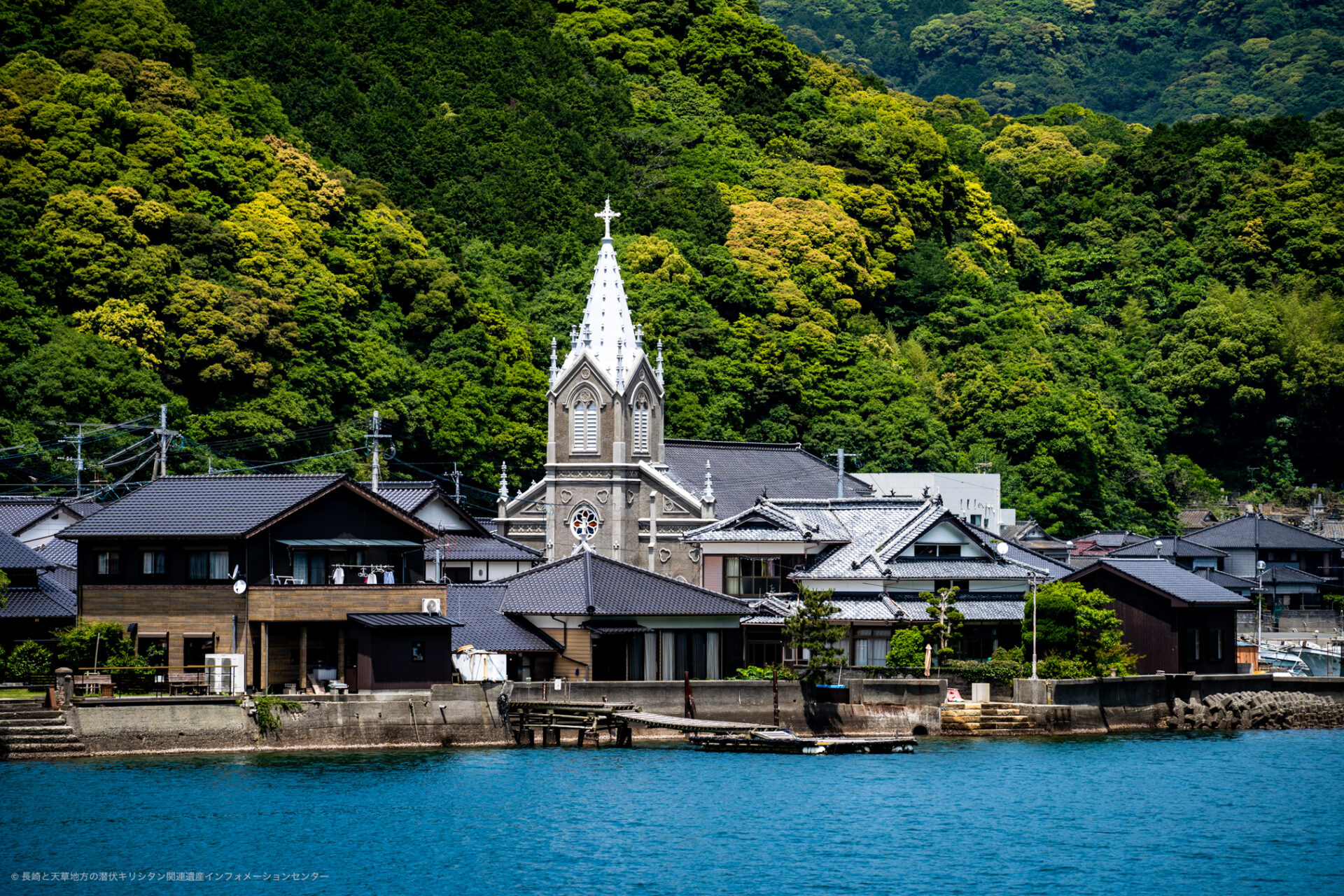 Advance notice required Component Sakitsu Church(Sakitsu Village in Amakusa) Amakusa City, Kumamoto
Advance notice required Component Sakitsu Church(Sakitsu Village in Amakusa) Amakusa City, Kumamoto -
 Advance notice required Component Shitsu Church(Shitsu Village in Sotome) Nagasaki City, Nagasaki
Advance notice required Component Shitsu Church(Shitsu Village in Sotome) Nagasaki City, Nagasaki -
 Advance notice required Component Ono Church(Ono Village in Sotome) Nagasaki City, Nagasaki
Advance notice required Component Ono Church(Ono Village in Sotome) Nagasaki City, Nagasaki -
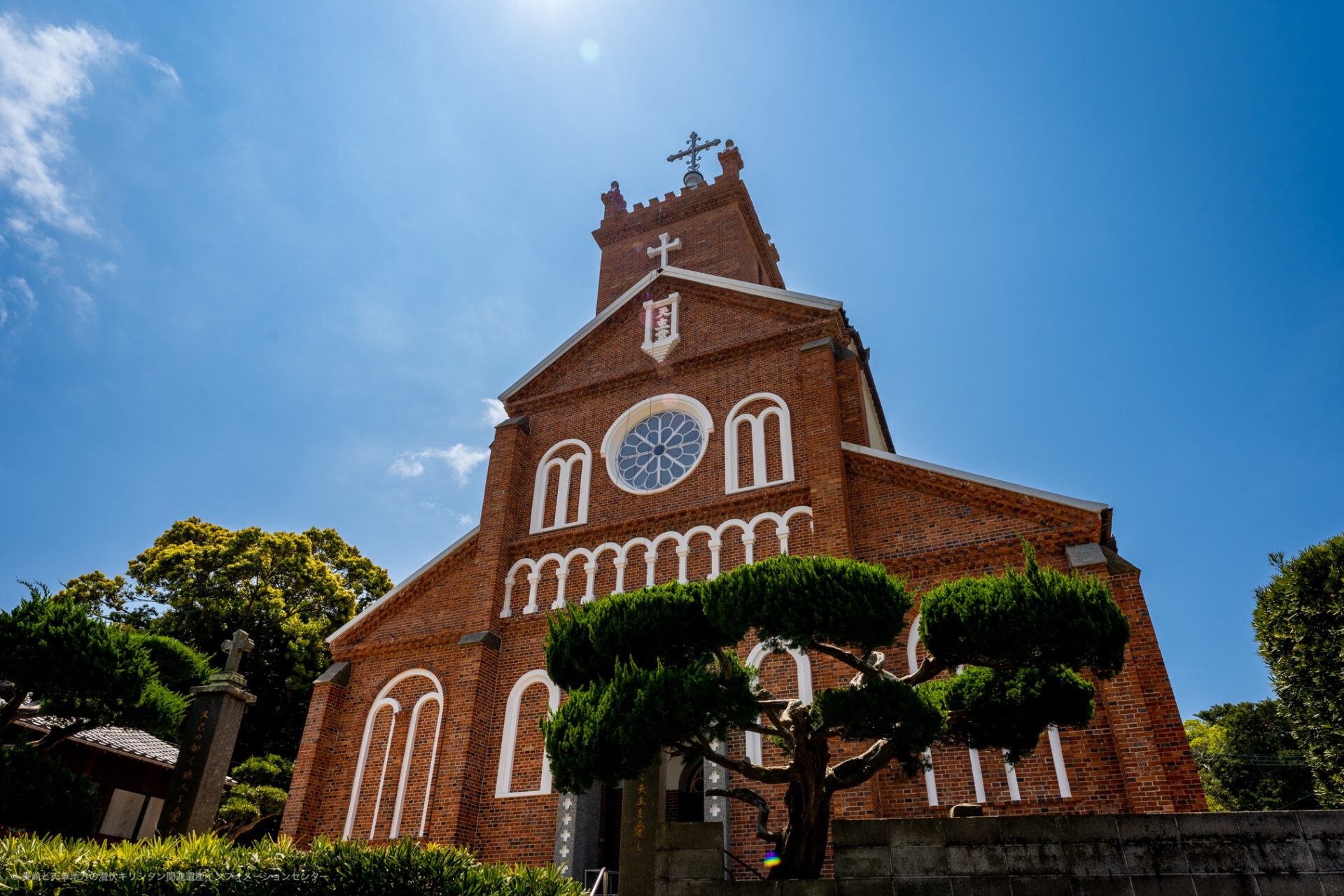 Advance notice required Component Kuroshima Church(Villages on Kuroshima Island) Sasebo City, Nagasaki
Advance notice required Component Kuroshima Church(Villages on Kuroshima Island) Sasebo City, Nagasaki -
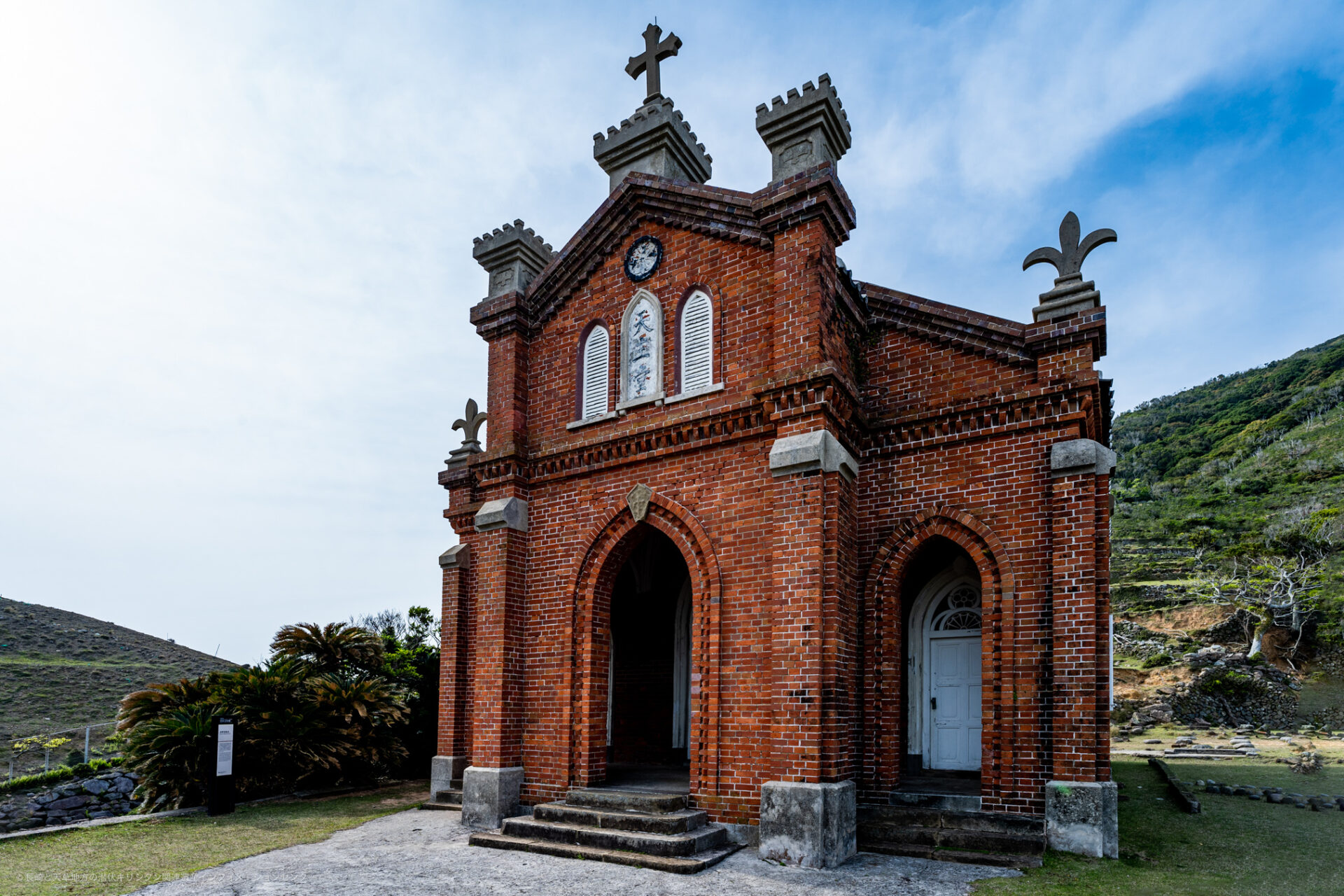 Advance notice required Component Former Nokubi Church(Remains Villages on Nozaki Island) Ojika-cho, Kita-Matsuura-gun, Nagasaki
Advance notice required Component Former Nokubi Church(Remains Villages on Nozaki Island) Ojika-cho, Kita-Matsuura-gun, Nagasaki -
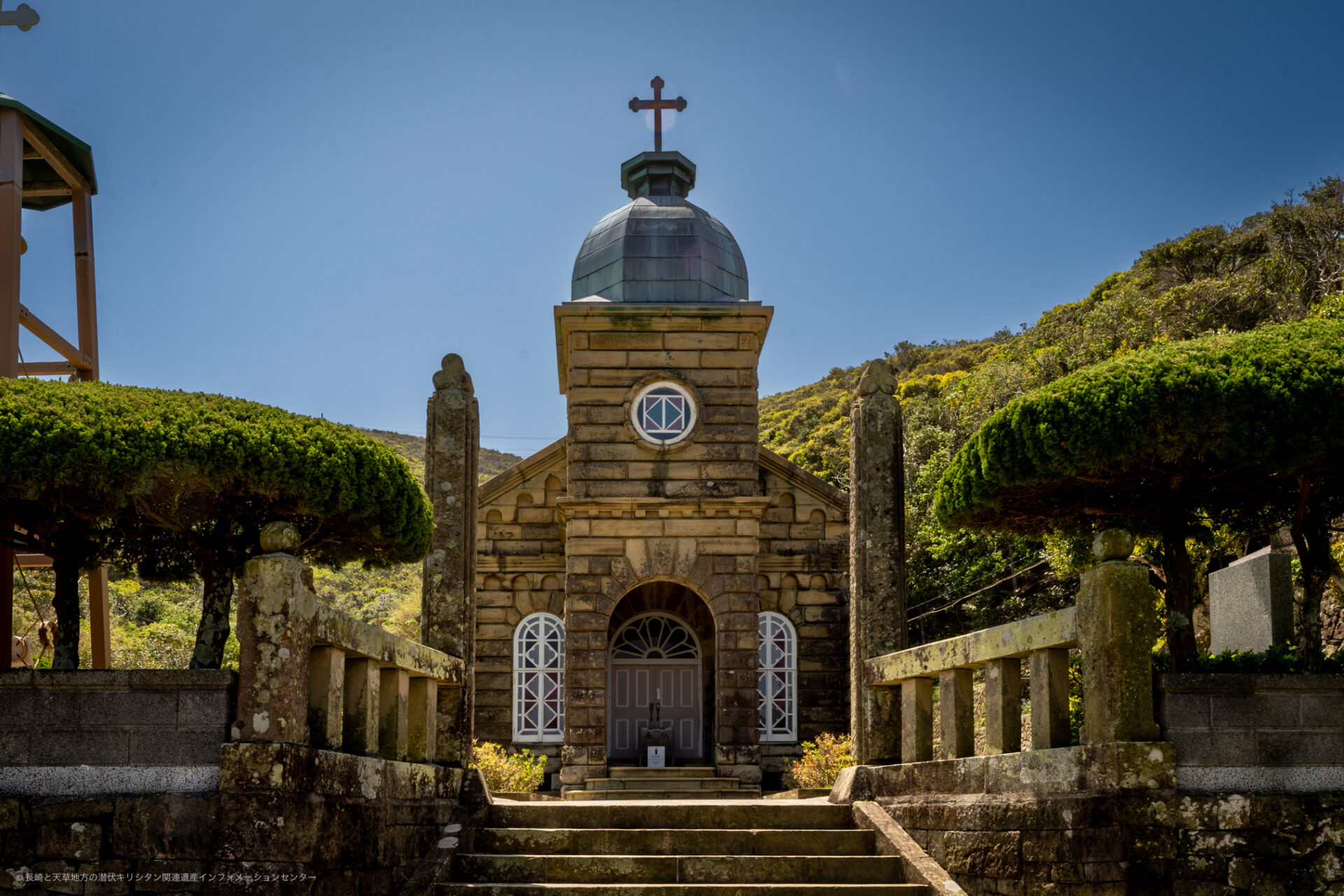 Advance notice required Component Kashiragashima Church(Village on Kashiragashima Island) Shinkamigoto-cho, Minami-Matsuura-gun, Nagasaki
Advance notice required Component Kashiragashima Church(Village on Kashiragashima Island) Shinkamigoto-cho, Minami-Matsuura-gun, Nagasaki -
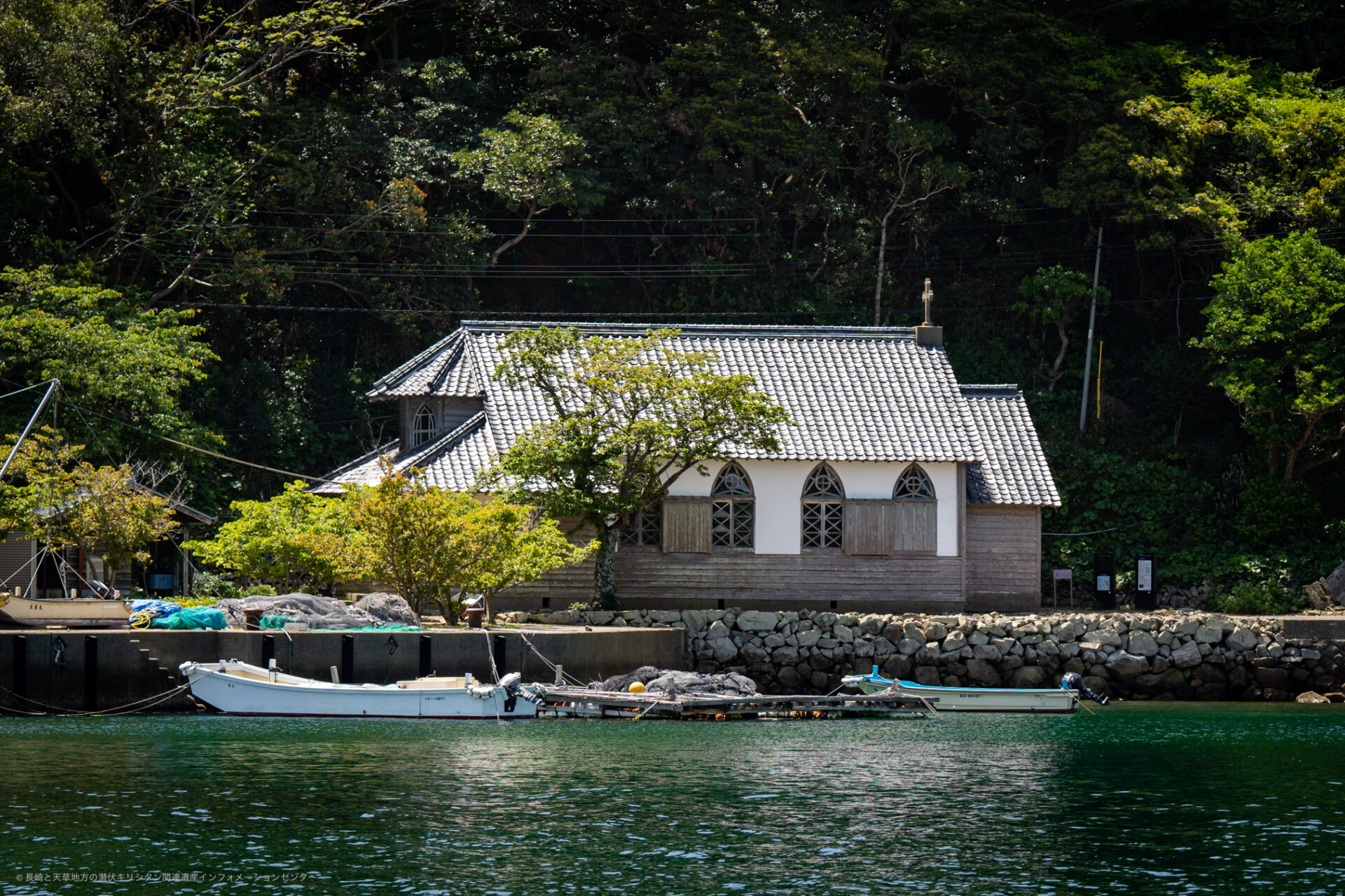 Advance notice required Component Former Gorin Church(Villages on Hisaka Island) Goto City, Nagasaki
Advance notice required Component Former Gorin Church(Villages on Hisaka Island) Goto City, Nagasaki -
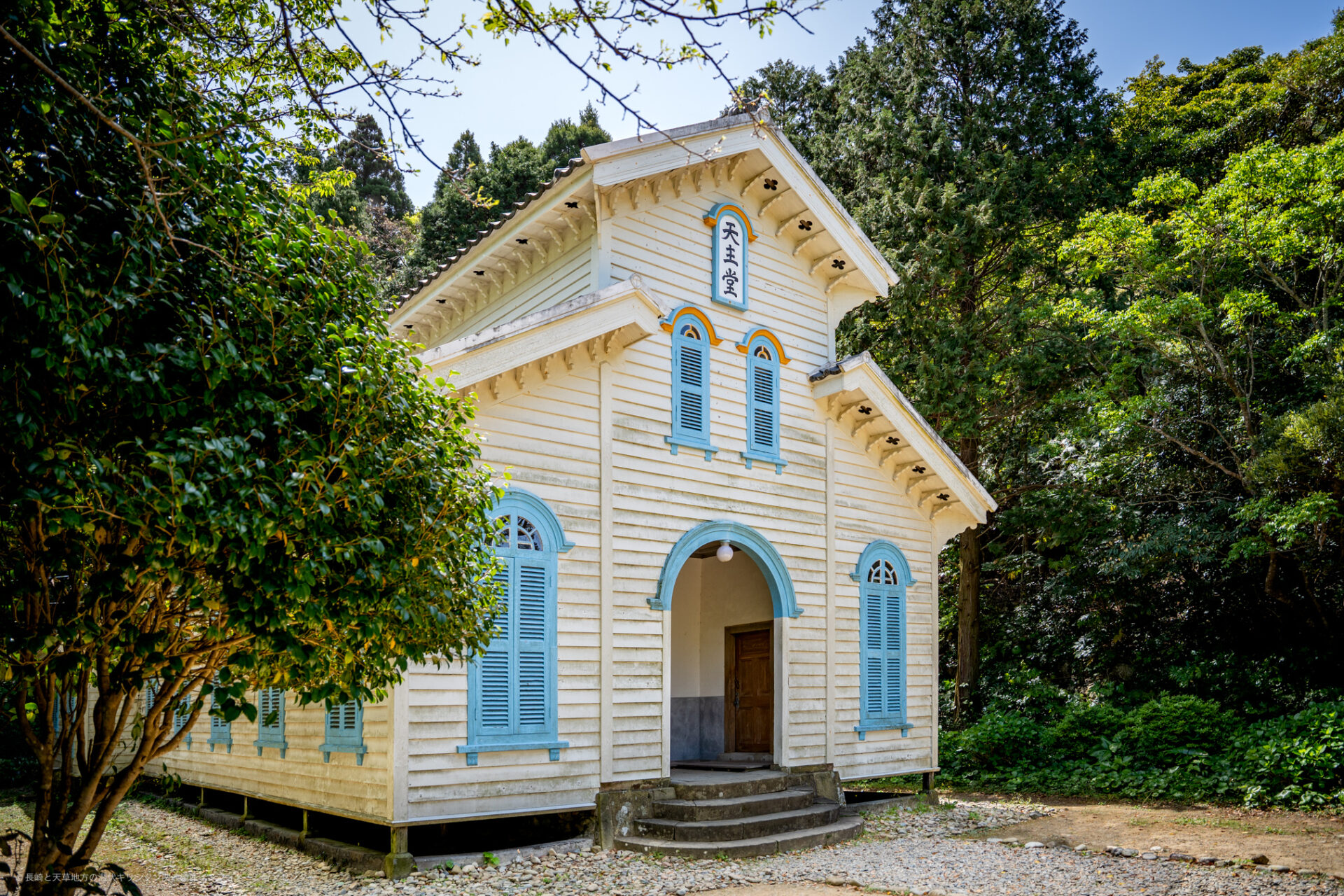 Advance notice required Component Egami Church(Egami Village on Naru Island:Egami Church ando its Surroundings) Goto City, Nagasaki
Advance notice required Component Egami Church(Egami Village on Naru Island:Egami Church ando its Surroundings) Goto City, Nagasaki -
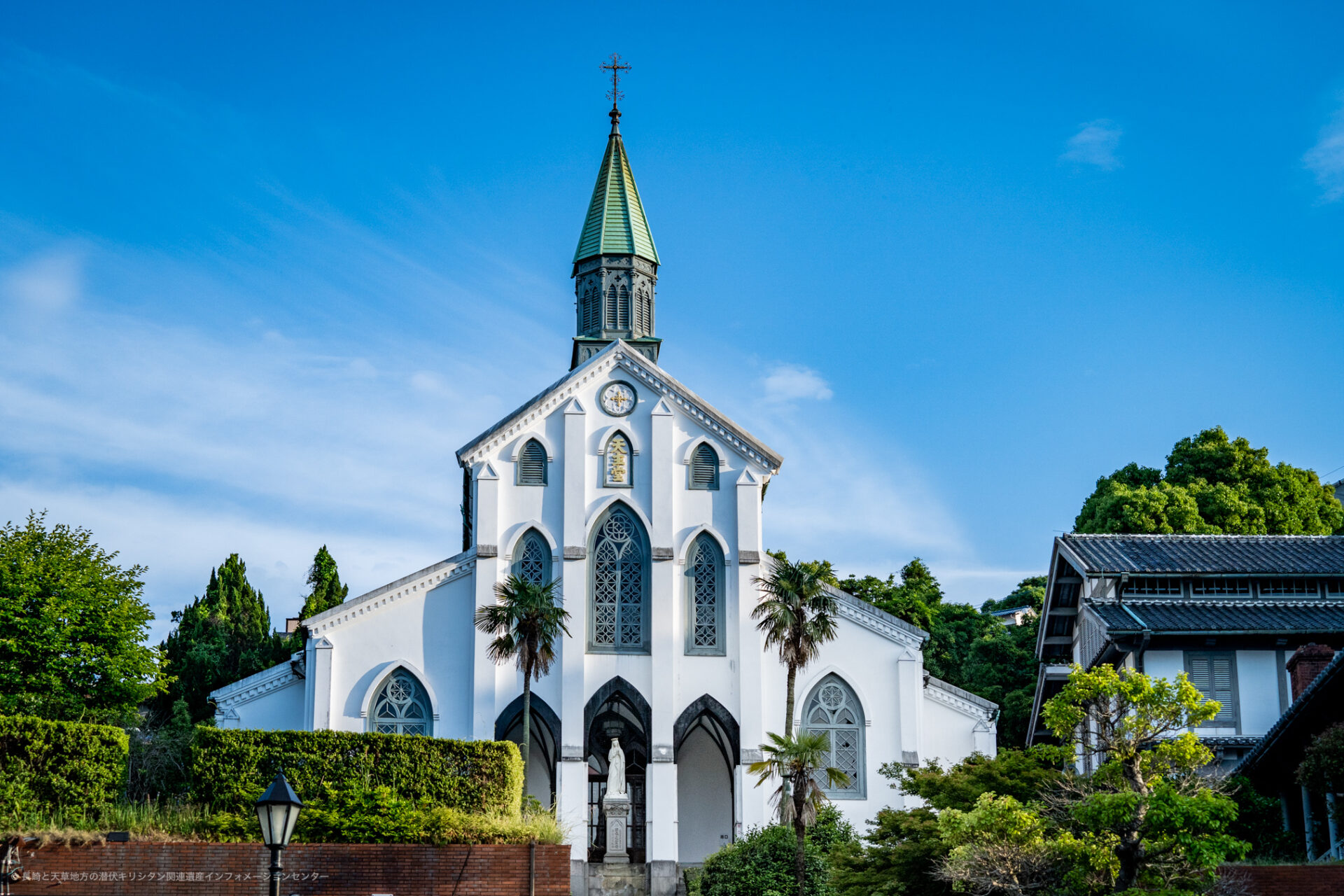 Not advance notice required Component Oura Cathedral Oura District (Nagasaki City) Nagasaki City, Nagasaki
Not advance notice required Component Oura Cathedral Oura District (Nagasaki City) Nagasaki City, Nagasaki -
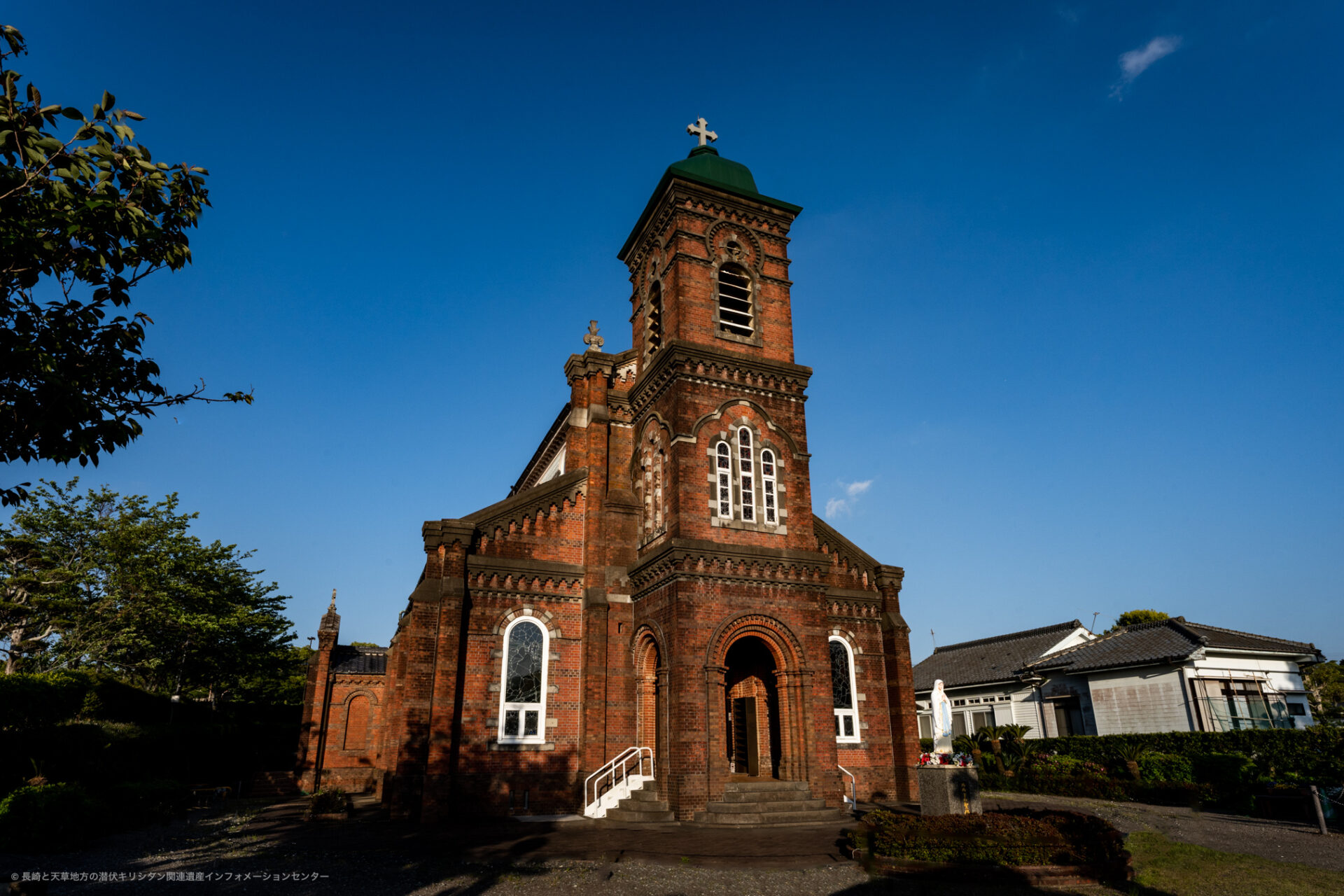 Advance notice required Non component Tabira Church (*Non-Component Assets) Hirado City, Nagasaki
Advance notice required Non component Tabira Church (*Non-Component Assets) Hirado City, Nagasaki
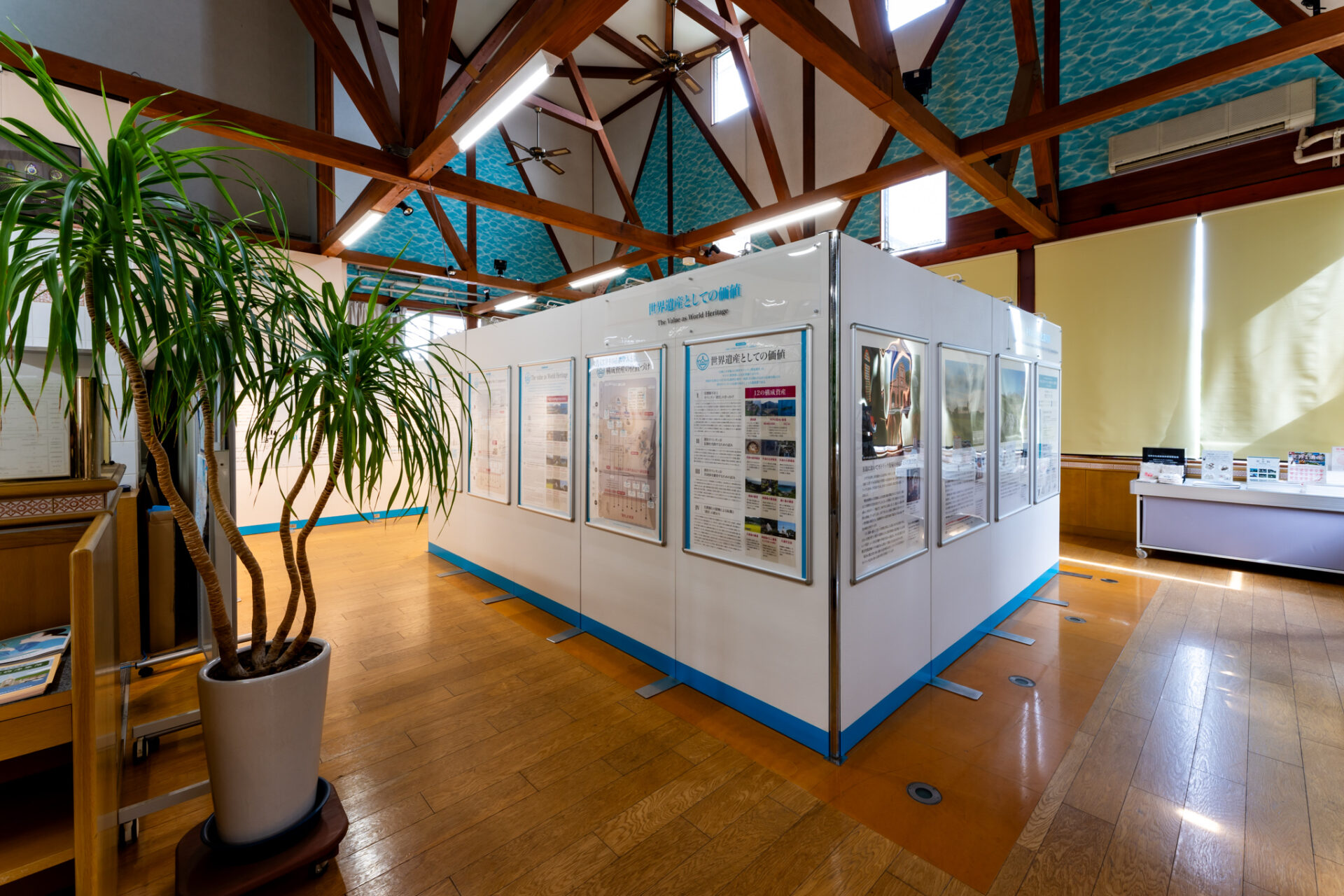
"Hidden Christian Sites in the Nagasaki Region"
Information Centre
The centre acts as a general point of contact for information and visitors to the 'Hidden Christian Sites in the Nagasaki Region' in Nagasaki City, Sasebo City, Hirado City, Goto City, Minamishimabara City, Shinkamigoto Town, and Ojika Town in Nagasaki Prefecture, and Amakusa City in Kumamoto Prefecture.
Please feel free to drop in and consult with us.

